1,575 days, 2,409 entries ...
Newsticker, link list, time machine: HOLO.mg/stream logs emerging trajectories in art, science, technology, and culture––every day
November 2020
“Every human in the supply chain—from crane drivers up to the captain of the ship I was on—was constantly receiving instructions from unseen, distant, management algorithms.”
Google AI offshoot DeepMind announces a major breakthrough in solving the “protein folding problem”—determining a protein’s 3D shape from its amino-acid sequence. Considered one of biology’s grand challenges due to myriad possible configurations, DeepMind’s AI system AlphaFold has demonstrated it can predict protein structures with high accuracy, vastly outperforming other more laborious, costly techniques. “It’s a game-changer,” says Andrei Lupas, an evolutionary biologist at the Max Planck Institute in Tübingen, Germany. “This will change medicine. It will change research. It will change bioengineering. It will change everything.”
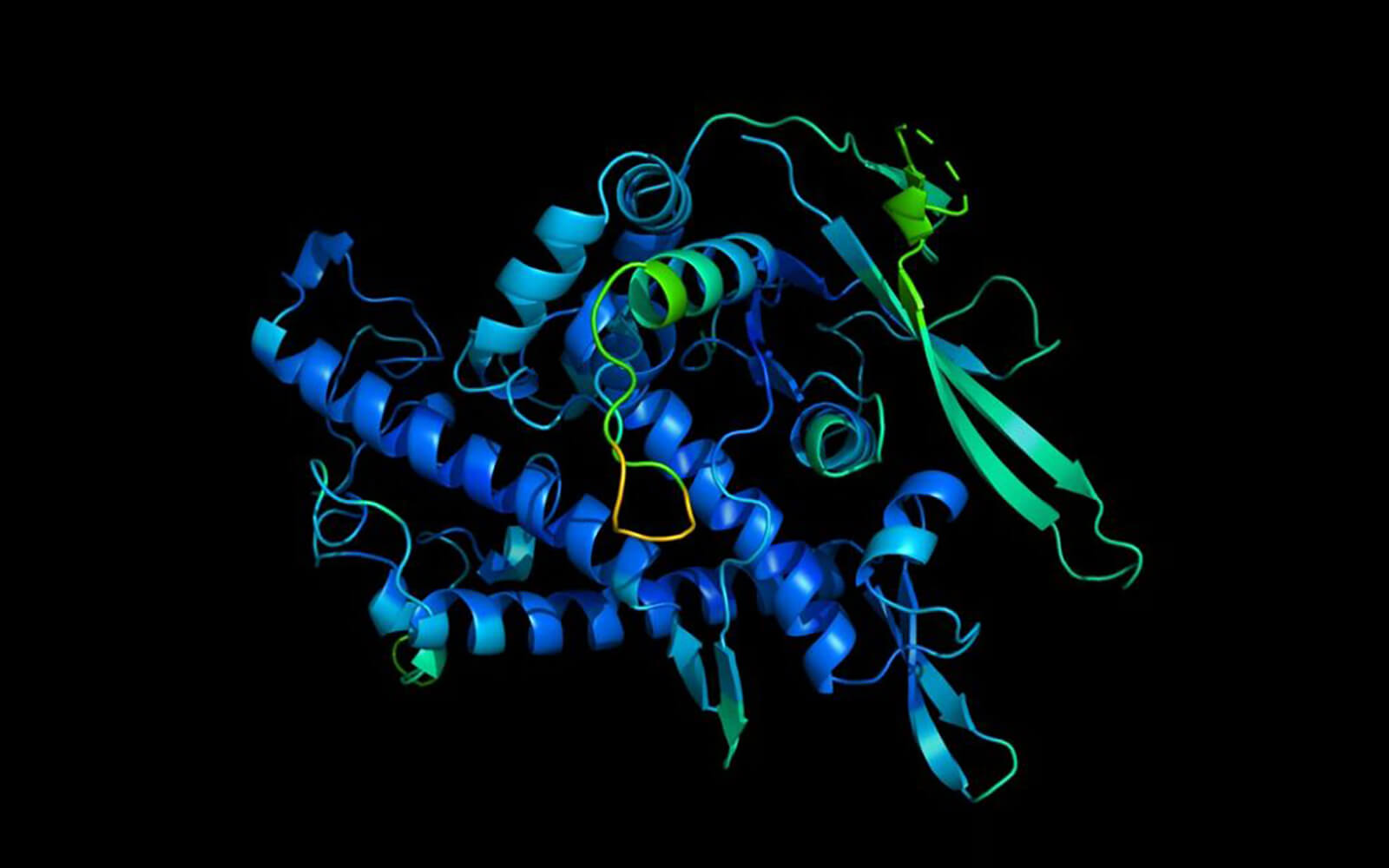
“He knew as little as I did about how to make the computer draw. But he trusted me, his student. Throughout my academic career, I tried to follow Prof. Knödel’s example—trusting students rather than mistrusting them. Isn’t this what teaching is all about?”
The New Normal
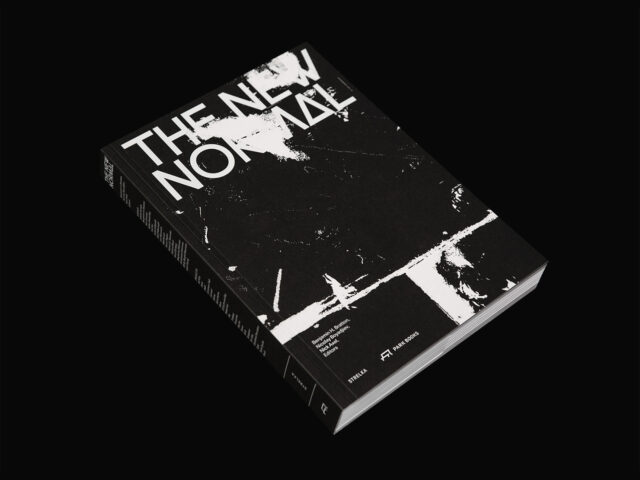
A recent paper by amateur astronomer and YouTuber Alberto Caballero identifies a possible source of the Wow! signal, the curious cosmic radio blitz recorded in 1977 that expedited the search for extraterrestrial intelligence and puzzles experts to this day. Looking for “sun-like stars that might host an exoplanet capable of supporting intelligent life” in the signal’s celestial region, Caballero scanned ESA’s 1.3 billion star-strong Gaia database and found a potential match: “This candidate source, which is named 2MASS 19281982-2640123, therefore becomes an ideal target to conduct observations in the search for potentially habitable exoplanets.”
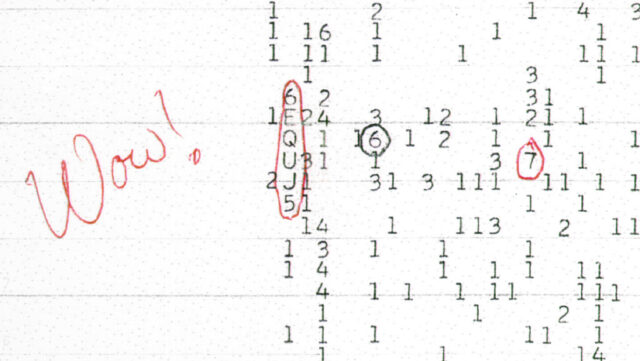
Precarity Lab
Technoprecarious
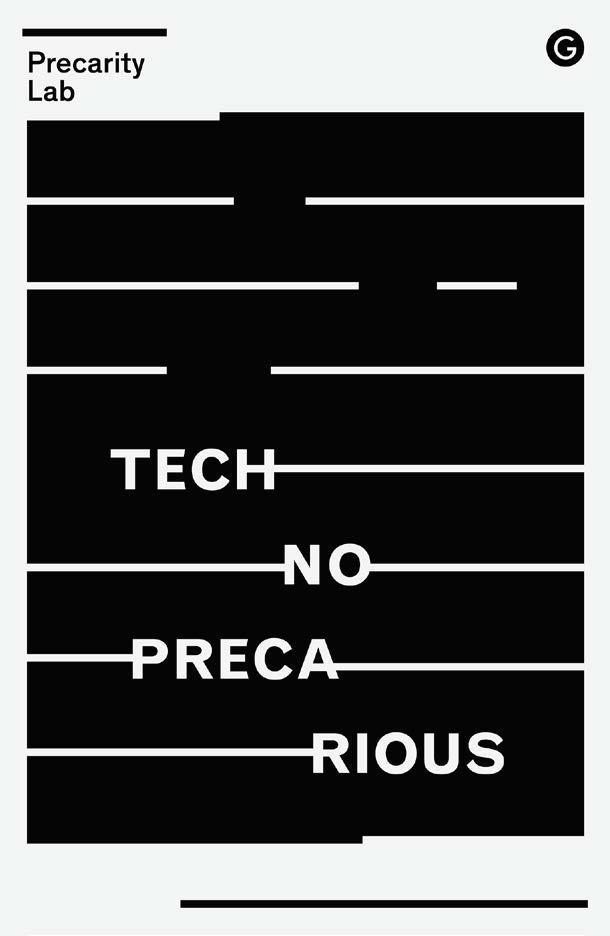
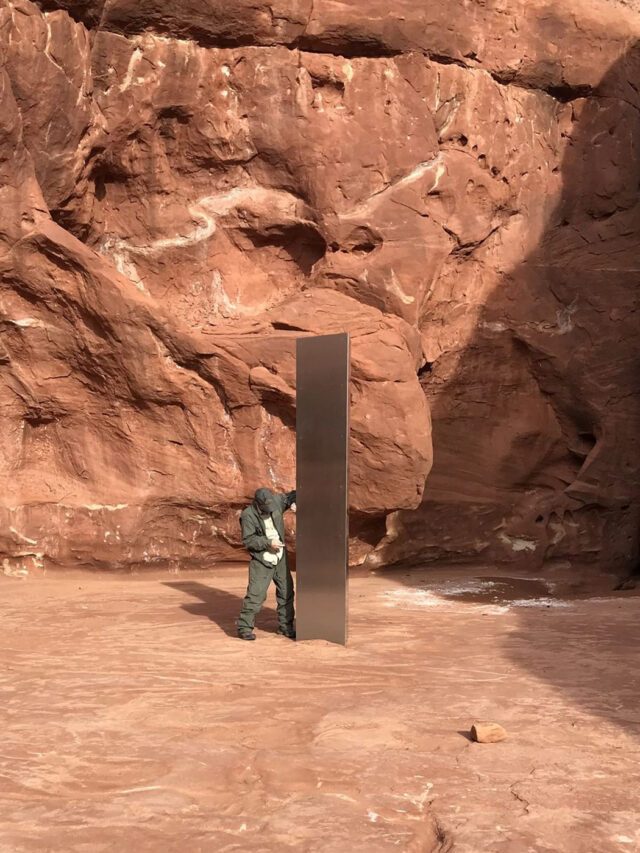
“We started out as a bunch of artists looking at the impact of ‘digital’ on expression and collaboration … and now we’re asking if art can have any impact on the digital society we live in.”
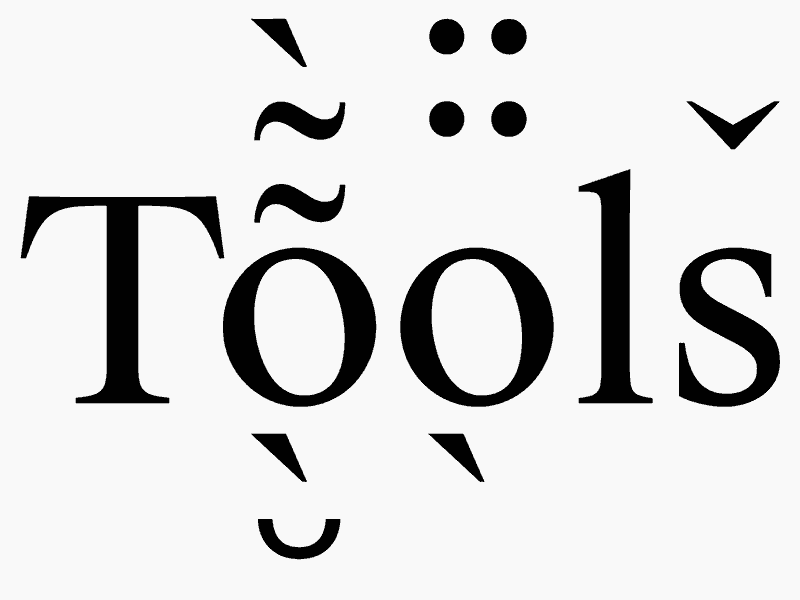
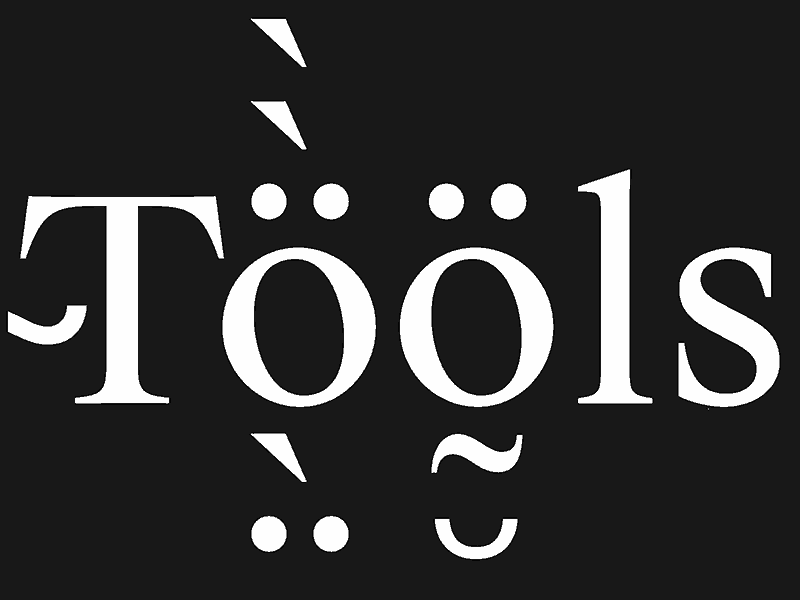
“Like all technologies, light reflects larger expressions of power, carving up an architecture of visibility that shapes how lives are led at night, providing shelter for some and harmful exposure for others.”
“There are people who say ‘I spend all day behind a computer; the last thing I want to do after work is look at a computer again,’ but for me, the computer is more like water. I don’t think I’m alone in that regard.”
The 2020 Taipei Biennial opens with the provocation “You and I Don’t Live on the Same Planet.” Connecting compounding global crises to our clashing world views, curators Bruno Latour, Martin Guinard, and Eva Lin present a “planetarium” of perspectives by, among others, Aruwai Kaumakan, Femke Herregraven, Jonas Staal, Fernando Palma Rodríguez, and Su Yu-Hsin. Herregraven’s Corrupted Air–Act VI (2019, image), for example, constitutes a survivalist bunker where three extinct animal species converse about the “Last Man.”
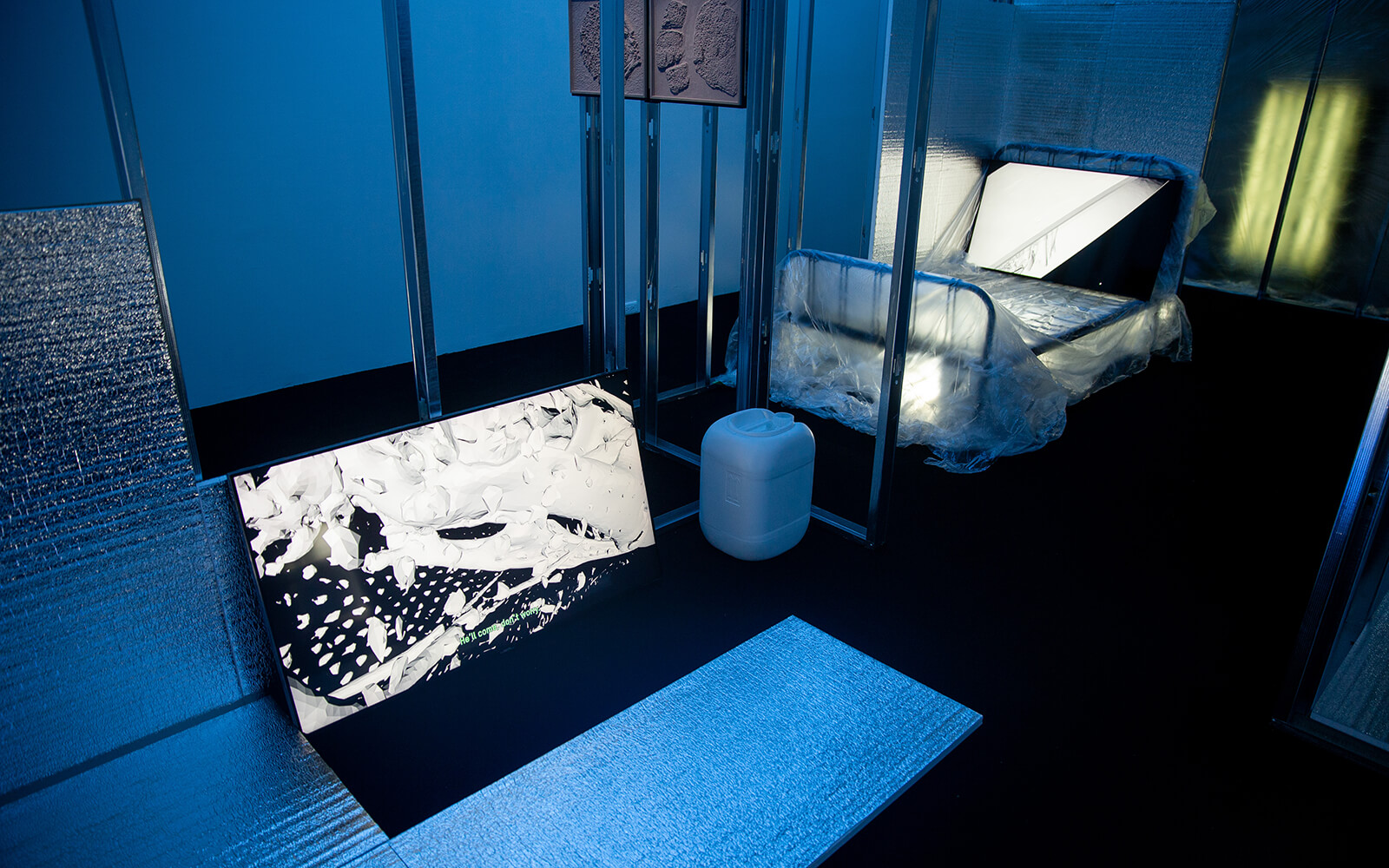
“It is as if there were several versions of Earth, with properties and capacities that are so different that they are like distinctive planets, which results in deviation in the way one feels, behaves, and predicts their future.”
“For me, personally, there’s no separation between my activities as a citizen and my activities as an artist.”
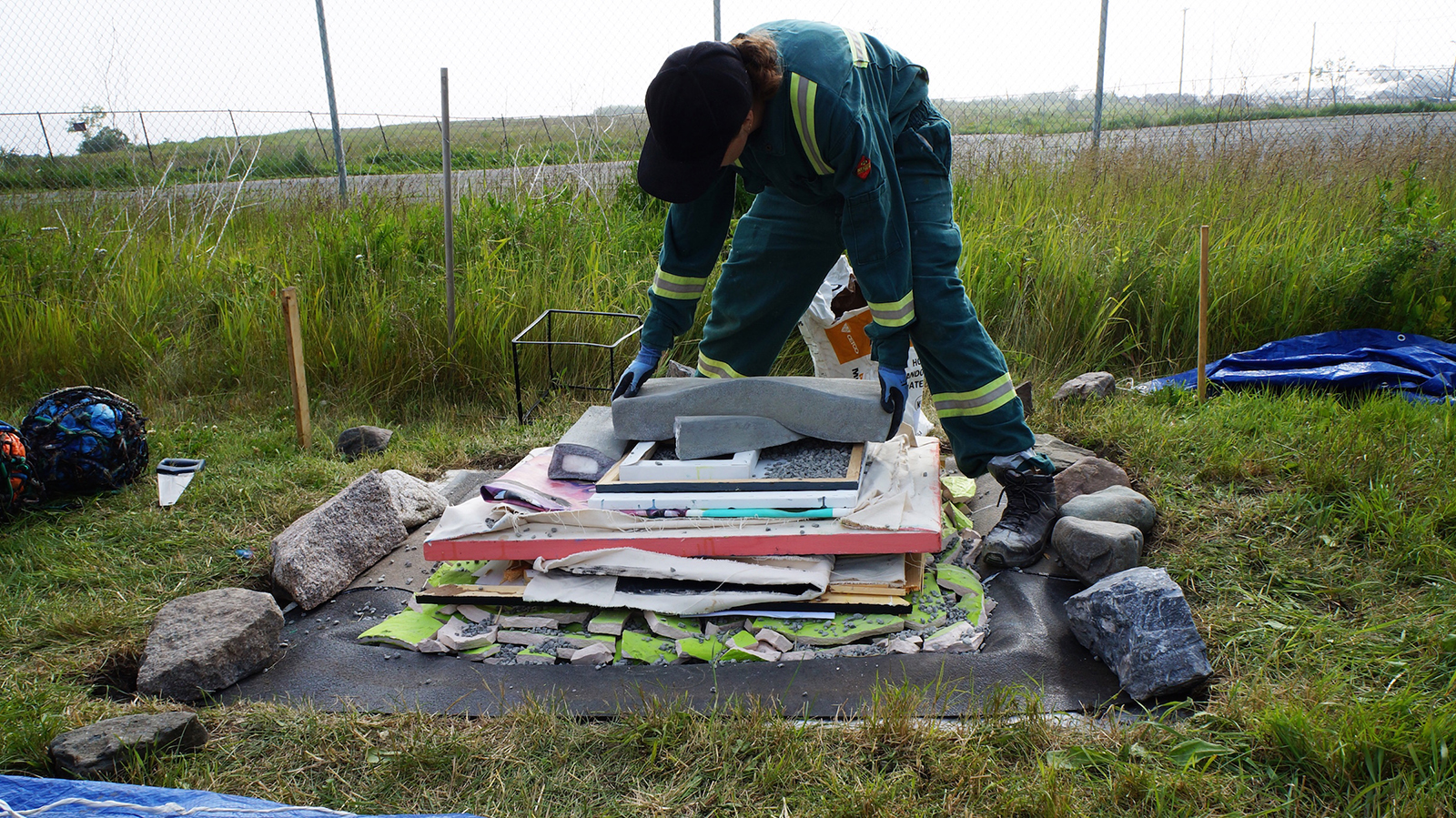
Quaranta & Janša (eds)
Hyperemployment

Ahead of the sunsetting of Adobe Flash on Dec 31, the Internet Archive announces the preservation of Flash content—SWF files—through emulation. First introduced by Macromedia in 1996, the software was vital for dynamizing the early Web. “From roughly 2000 to 2005, Flash was the top of the heap for a generation of artists, animators, and small studios,” writes archivist Jason Scott, warning that a big part of Internet history is now “in true danger of sinking beneath the sea.” To run Flash files without the discontinued player, the non-profit digital library incorporated Ruffle, an in-development emulator, into the site. Thus far, more than 1,000 Flash classics have been ‘resurrected.’
The U.S. National Science Foundation (NSF) announces the decommission of the Arecibo Observatory after another snapped cable had caused further damages to its iconic radio dish. The decision was made when several independent engineering companies assessed that the telescope structure is “in danger of a catastrophic failure” and recommended controlled demolition “as soon as pragmatically possible.” Gutted by the news, scientists around the world flood social media with #WhatAreciboMeansToMe posts.
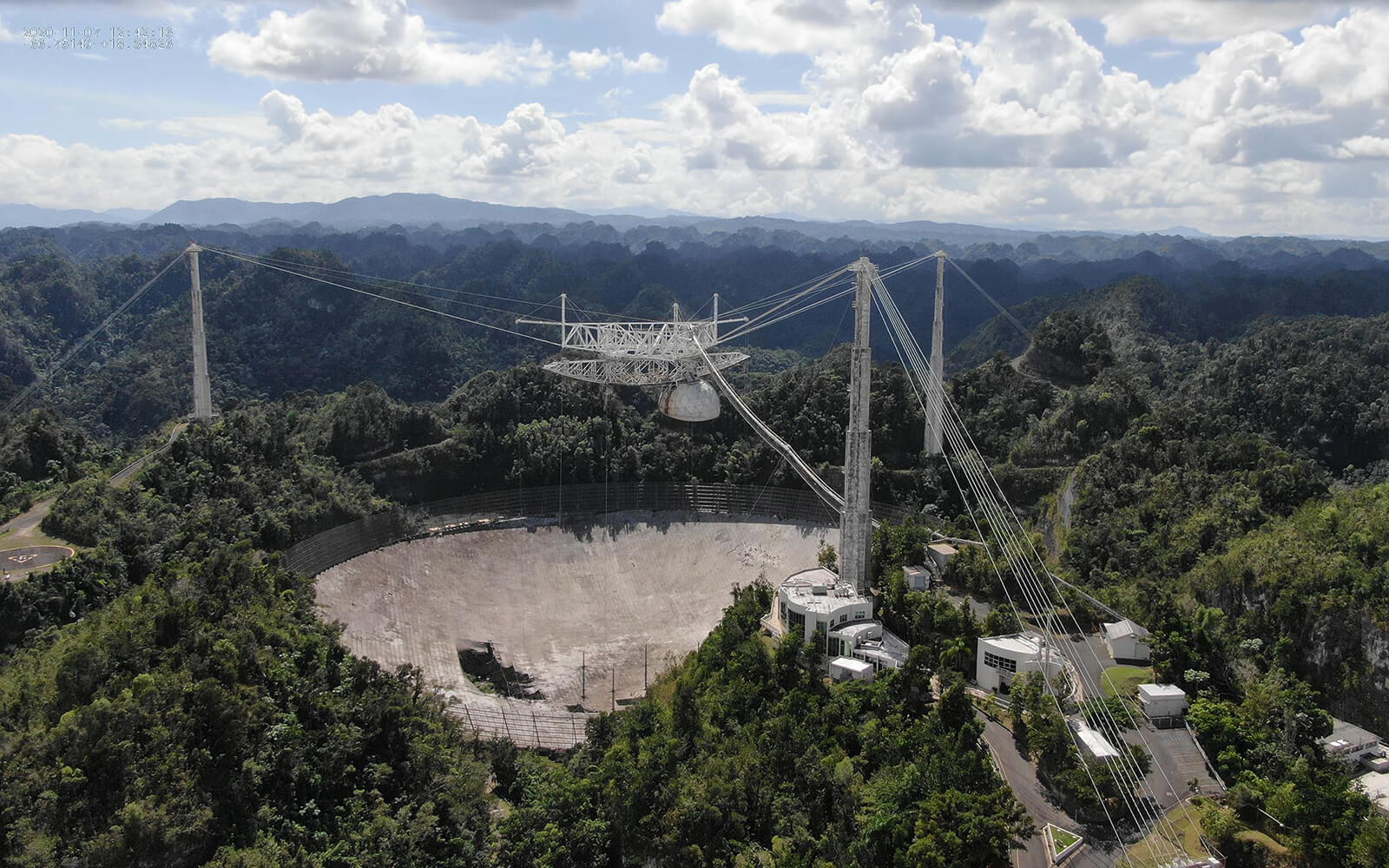
Daily discoveries at the nexus of art, science, technology, and culture: Get full access by becoming a HOLO Reader!
- Perspective: research, long-form analysis, and critical commentary
- Encounters: in-depth artist profiles and studio visits of pioneers and key innovators
- Stream: a timeline and news archive with 1,200+ entries and counting
- Edition: HOLO’s annual collector’s edition that captures the calendar year in print
